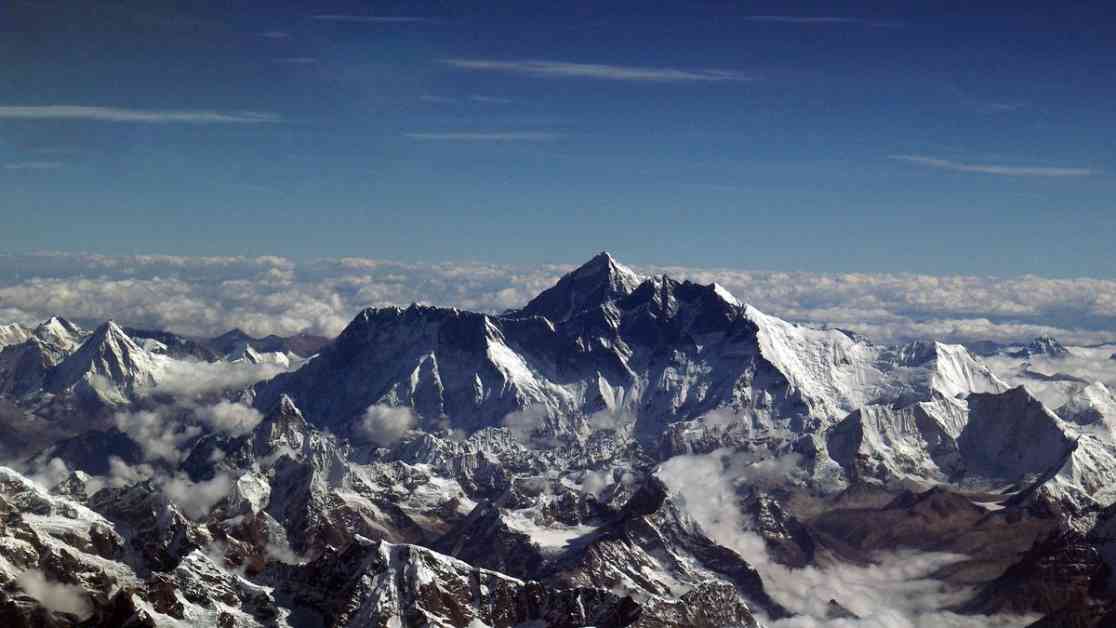Mount Everest, the tallest mountain in the world, may not hold that title forever. The formation and growth of mountains like Everest are influenced by factors such as tectonic collisions, crust thickness, temperature, and erosion. As the crust is pushed and sculpted during tectonic collisions, mountains can rise to great heights.
Erosion plays a crucial role in both the growth and shrinking of mountains. The Himalayas, including Mount Everest, are constantly changing due to erosion caused by factors like rivers, glaciers, and monsoons. While some scientists have suggested that neighboring mountain Nanga Parbat could one day surpass Everest in height due to rapid erosion, others believe Everest will remain the tallest peak.
Geologist Rob Butler explains that the Himalayas are in a unique position for mountain growth, with a combination of intense tectonic collisions, cold crust, and high erosion rates. While it is possible for another Himalayan mountain to eventually claim the title of the tallest peak, the conditions that led to Everest’s height are rare and may not be easily replicated.
Butler emphasizes that while minor changes in peak heights are possible, it is unlikely that a mountain significantly taller than Everest will form on Earth. Gravity plays a significant role in limiting mountain height, and the specific combination of factors that led to Everest’s height may not occur again in the future.
In the ever-changing world of geology and mountain formation, Mount Everest’s status as the tallest mountain may be subject to change. However, for now, Everest remains a towering symbol of nature’s power and beauty, standing as a reminder of the dynamic forces that shape our planet. As scientists continue to study and monitor the Himalayas, only time will tell if another mountain will one day claim the title of the world’s tallest peak.










